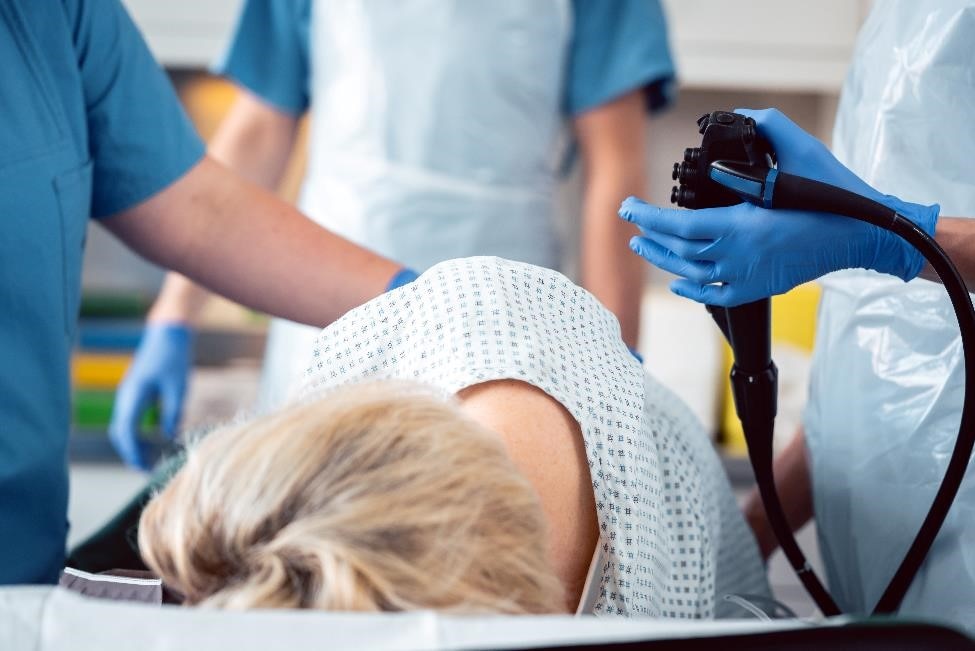Diagnosis of Microscopic Colitis
How do doctors diagnose microscopic colitis?
To help diagnose microscopic colitis, your doctor will ask about your symptoms and medical history and will perform a physical exam. Your doctor may ask about factors that increase the risk of developing microscopic colitis, such as smoking or taking certain medicines.
Your doctor may order medical tests, such as blood and stool tests, to check for signs of conditions that cause symptoms similar to those of microscopic colitis. Conditions that cause similar symptoms include celiac disease, other types of inflammatory bowel disease (IBD), and infections.
Colonoscopy with biopsies
Doctors order a colonoscopy with biopsies to diagnose microscopic colitis and rule out other digestive conditions.
During a colonoscopy, doctors use a colonoscope or scope—a long, flexible, narrow tube with a light and tiny camera on one end—to view the lining of the colon. The colon lining most often appears normal in people who have microscopic colitis.
Doctors obtain biopsies by passing an instrument through the colonoscope to take small pieces of tissue from the lining of your colon. To diagnose microscopic colitis, a pathologist will examine the tissue under a microscope to check for signs of the disease.
 Doctors order a colonoscopy with biopsies to diagnose microscopic colitis.
Doctors order a colonoscopy with biopsies to diagnose microscopic colitis.
This content is provided as a service of the National Institute of Diabetes and Digestive and Kidney Diseases
(NIDDK), part of the National Institutes of Health. NIDDK translates and disseminates research findings to increase knowledge and understanding about health and disease among patients, health professionals, and the public. Content produced by NIDDK is carefully reviewed by NIDDK scientists and other experts.

